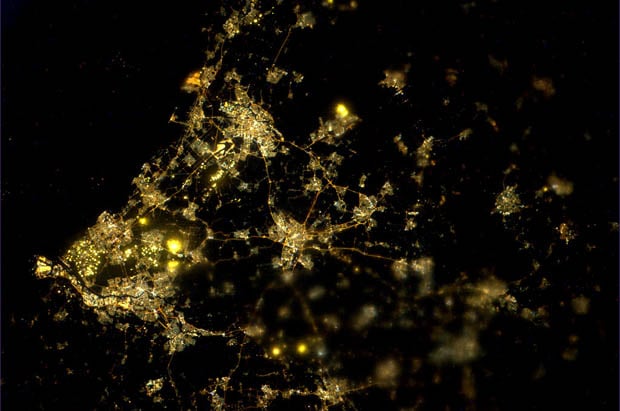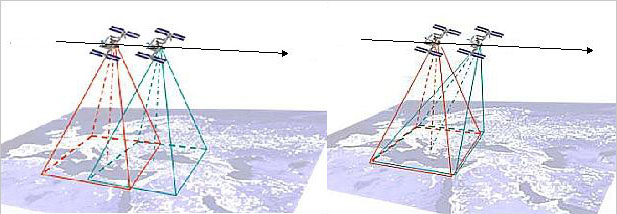Astronauts on the ISS Use a ‘NightPod’ to Stabilize Their Low-Light Photos
![]()
Astronaut photographers on the International Space Station have been beaming quite a few photographs of Earth as of late, but have you ever wondered how they manage capture relatively sharp photographs of Earth’s cities at night?
The speed at which the ISS hurtles around our planet is indeed a major challenge for low-light photography, and astronauts in the past have tried to overcome it by using high-speed film or by doing some manual tracking (which is very hit-and-miss). Luckily, space shooters nowadays have a new special tool up their sleeve: the NightPod.
After discovering that traditional tripods just won’t suffice in space, the European Space Agency (ESA) developed a special new stabilization system for the astronauts called the NightPod. The device greatly increases the sharpness and clarity of photographs captured of nighttime areas of Earth.

![]()
So how does it work? Basically, it uses a “nodding mechanism”, which is an electro-mechanical digital camera mount that automatically compensates for the motion of the space station as it orbits our planet. It’s an amazing feat, given the fact that the ISS travels at more than 17,000 miles per hour!

Using the NightPod does require a bit of fine tuning. Prior to using it for photography, astronauts must enter in details about the space stations orbit and altitude. After that, it’s basically a “set it and forget it” tool — the rig can automatically snap photos for 6 hours at a time.
![]()
Here’s a sample photo captured using the NightPod: it’s a photo of Liège, Belgium captured using a Nikon D3S and 180mm lens:
![]()
This second sample photo shows Riyadh, Saudi Arabia, and was shot using a Nikon D3S and a 400mm lens:
![]()
The NightPod first debuted on the space station back in February 2012, so many of the nighttime photos captured since then have been shot with the help of the NightPod.
No word yet on when (or if) the NightPod will be available to earthbound photographers for use in other types of photography (can you think of any?).
Image credits: Photographs by ESA/NASA, diagrams by COSINE/ASTROFHEIN